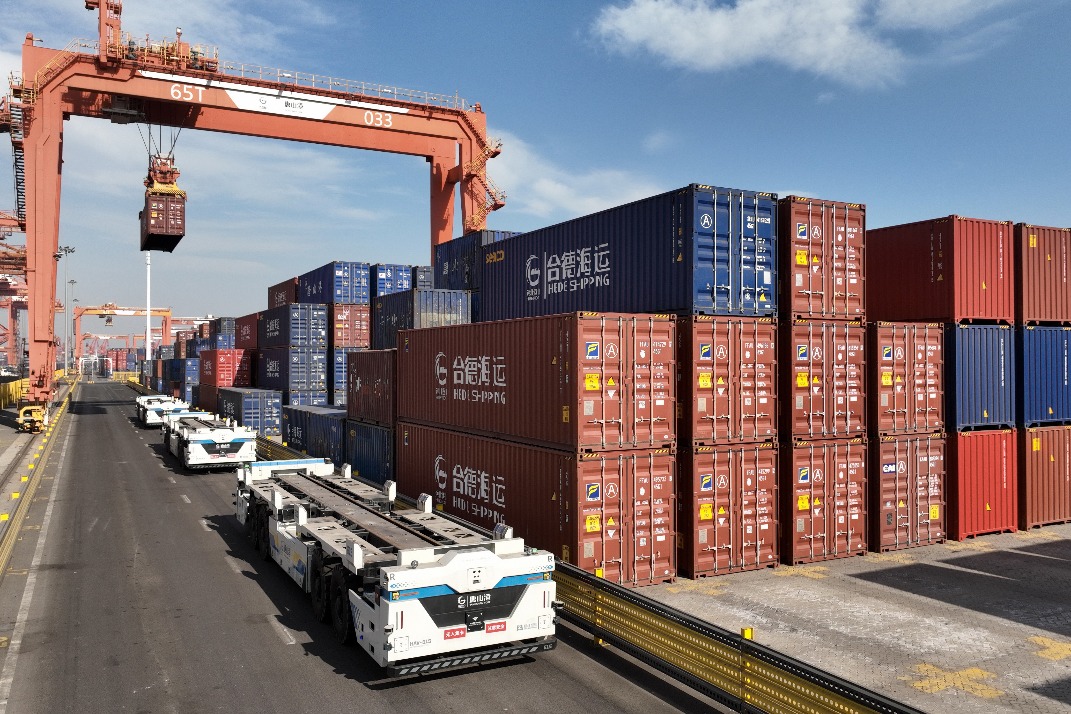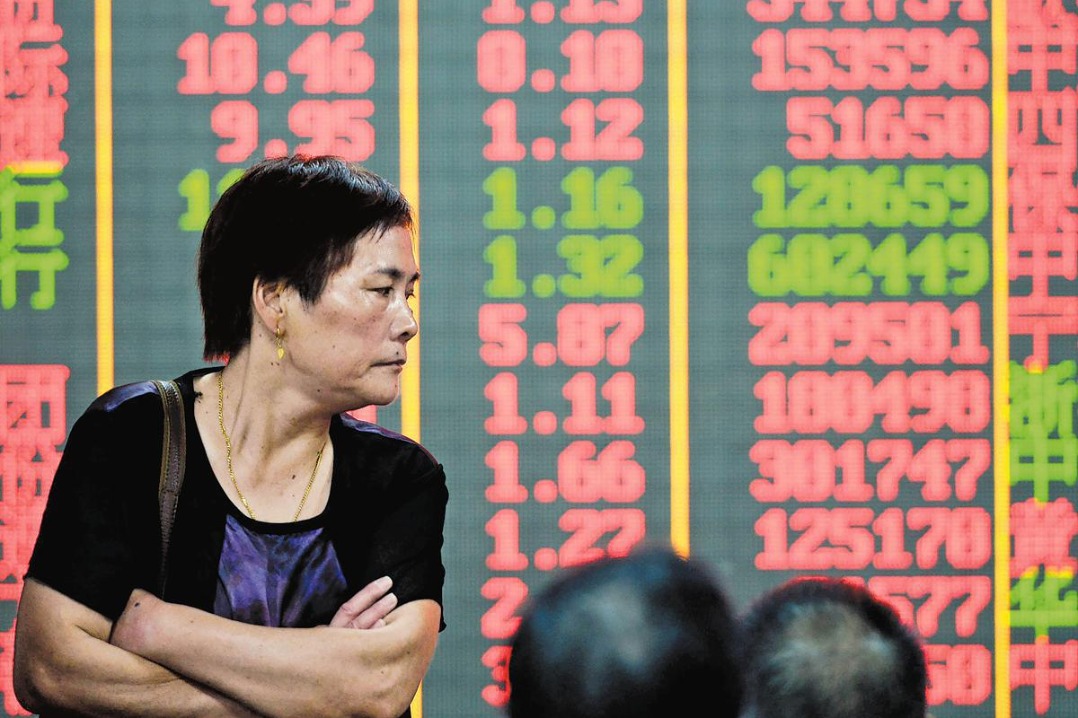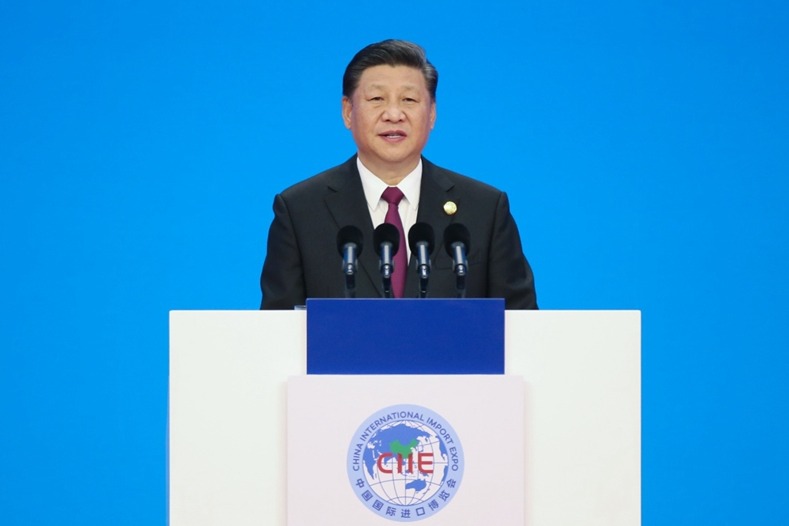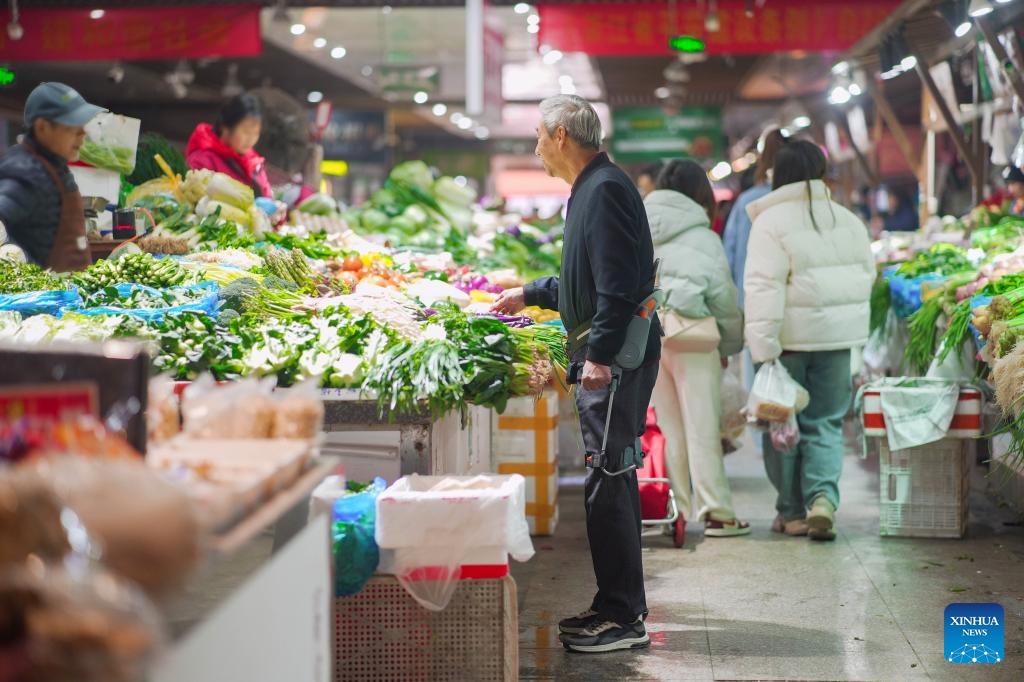A route from history to the future
By Jiang Xueqing in Tokyo and Wang Ru in Beijing | China Daily | Updated: 2023-10-26 07:20

In 2014, the Chang'an-Tianshan Corridor, one of the major arteries of the historic route that opened up trade between China and the West, became the first stretch of the Silk Road to be inscribed on the UNESCO World Heritage List. The trans-boundary trading corridor, covering some 5,000 kilometers across China, Kazakhstan and Kyrgyzstan, was in active use from the second century BC until the 16th century, connecting cities, peoples and cultures across Central Asia, according to UNESCO.
The Silk Road represents the exchange of goods and trans-boundary communication-based interactions between people, says Akira Gokita, managing director and senior executive curator of the Tokyo Fuji Art Museum in Hachioji, in the western part of Tokyo.

Daisaku Ikeda, the founder of the museum, advocated for "establishing a Silk Road of the mind". This exhibition not only displays the changes in people and goods in ancient times, but also hopes to establish a Silk Road in people's hearts and use it as a way to address some of the issues in modern society. If the exhibition can create a consciousness of seeking world peace and unity, it will be very gratifying, Gokita says.
"Through this exhibition, I have come to appreciate the broad-mindedness that the Silk Road embodies, the ability to accept and exchange various cultures, treating people of different races equally, and allowing for diversity and inclusiveness," he says, adding such broad-mindedness, diversity and inclusiveness are qualities that modern people should possess.
"I hope that when people think of the Silk Road, they don't see it as a distant, unrelated concept from far away, but rather as a spirit represented in everyone's heart. If people embrace the spirit of the Silk Road, it can become an opportunity for mutual exchange when addressing various social issues, promoting broader interactions and communication," he says.
























